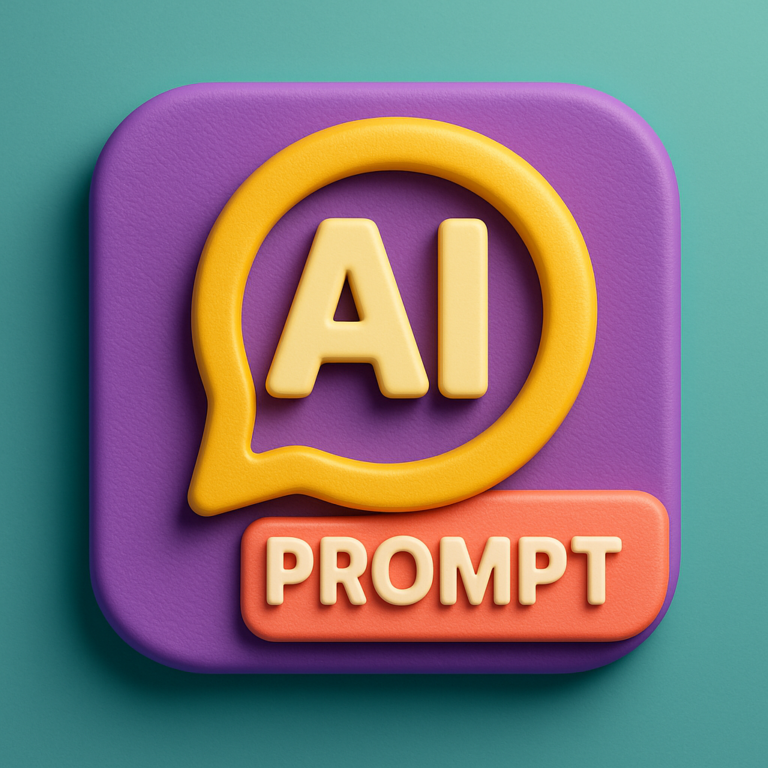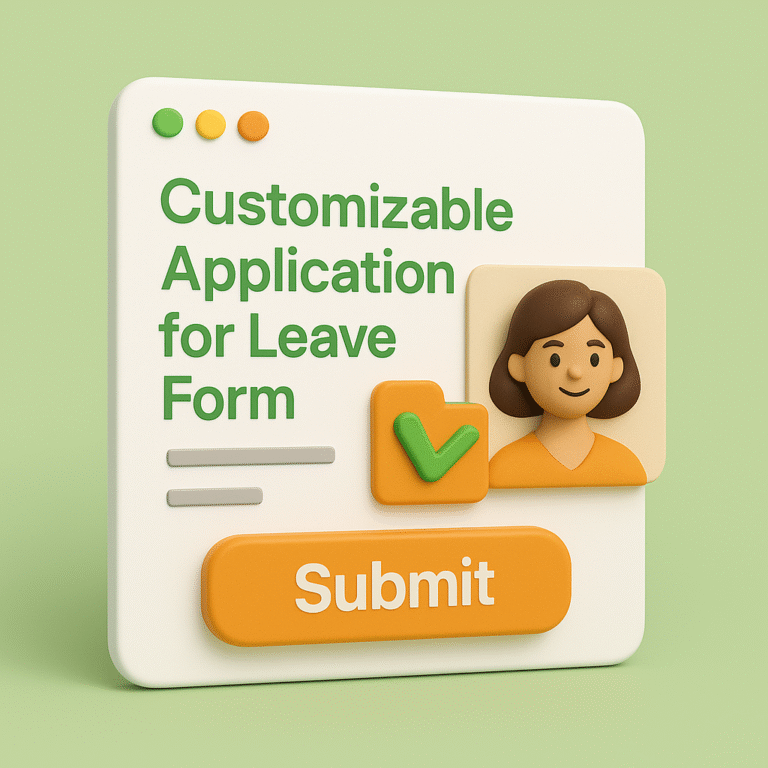
Writing Feature Stories for Your School Paper: A Kid-Friendly Guide
What is a Feature Story?
A feature story is like a special article that tells an interesting story about people, places, or events at your school. Unlike news stories that just give quick facts, feature stories dig deeper and include fun details.
Steps to Write Your Feature Story
1. Pick Your Topic
Choose something that:
- Interests your fellow students
- Is happening at your school or in your community
- Has not been written about recently
- Will still be interesting when the paper comes out
Good Topic Ideas:
- A favorite teacher’s interesting hobby
- The cafeteria staff’s secret recipe
- Your school’s longest-serving crossing guard
- The story behind your school mascot
- A student who does something unique or special
2. Gather Information
- Write down at least 5 questions before you interview anyone
- Talk to at least 3 different people about your topic
- Take good notes or record the interview (ask permission first!)
- Collect interesting facts and numbers
- Take or find photos that match your story
3. Write Your Story
The Beginning (Lead)
Start with something that grabs attention:
- A funny or surprising fact
- An interesting quote
- A question that makes readers curious
- A description that puts readers in the scene
Example: “Mrs. Johnson may teach math during the day, but on weekends, she’s a champion cake decorator who has won three state fair competitions!”
The Middle
- Tell the story in order (like it happened)
- Include quotes from people you talked to
- Add interesting details that help readers picture what you’re describing
- Explain things simply – imagine telling the story to a friend
The End
- Finish with something memorable
- Connect back to the beginning
- Leave readers feeling glad they read your story
4. Make Your Writing Sparkle
- Use short sentences
- Pick interesting words (but ones your readers will understand)
- Break up long paragraphs
- Include quotes from your interviews
- Add descriptive details about what things look like, sound like, or feel like
5. Check Your Work
Ask yourself:
- Would other kids want to read this?
- Did I explain everything clearly?
- Are all names spelled correctly?
- Did I include who, what, when, where, and why?
- Is my story organized and easy to follow?
Things to Remember:
- Be accurate – double-check all facts and spellings
- Be fair – include different viewpoints
- Be respectful – write things that make your school proud
- Be clear – explain things simply
- Be interesting – include fun details your readers will enjoy
Words to Use Instead of “Said”:
- Explained
- Shared
- Told
- Commented
- Mentioned
- Added
Example Story Structure:
Title: “The Secret Life of Our School Librarian”
Lead: You might think Mrs. Garcia spends all her time organizing books, but did you know she used to be a circus performer?
Background: Our school librarian has worked at Edison Elementary for 12 years.
Main Points:
– How she joined the circus
– Her favorite circus acts
– How circus skills help her as a librarian
– What she thinks about both jobs
Ending: “I love both of my careers because they’re both about making people happy,” says Mrs. Garcia. “Whether I’m swinging on a trapeze or helping a student find the perfect book, I’m doing what I love.”
Things to Remember:
- Be accurate – double-check all facts and spellings
- Be fair – include different viewpoints
- Be respectful – write things that make your school proud
- Be clear – explain things simply
- Be interesting – include fun details your readers will enjoy
Words to Use Instead of “Said”:
- Explained
- Shared
- Told
- Commented
- Mentioned
- Added
Remember: A great feature story makes readers feel like they learned something new about their school community!






